Have you ever gazed into your puppy’s big, soulful eyes and wondered what’s going on inside that furry head? Maybe you’ve caught your pup tilting her head with curiosity, or you’ve seen him wag his tail so hard his whole body wiggles. Dog lovers know that our four-legged friends are always communicating, but sometimes their “words” can seem like a secret code. Unlocking that language isn’t just fascinating—it can actually transform your bond with your puppy. Let’s dive into the real meaning behind those barks, tail wags, and playful pounces that fill your days with joy (and sometimes, a little confusion).
The Art of the Tail Wag: Not Always a Sign of Happiness

It’s easy to assume a wagging tail means a happy dog, but the truth is a bit more nuanced. A tail held high and wagging fast often shows excitement or confidence, while a low, slow wag might signal uncertainty or submissiveness. If your puppy tucks their tail tightly under their body, that’s a clear sign of fear or stress—think of it as their way of making themselves smaller to the world.
Pay close attention to the direction of the wag, too. Some researchers say a tail wagging more to the right can reflect positive feelings, while a left-leaning wag could mean your pup is uneasy. Every puppy is unique, so learning your own dog’s “tail talk” is a journey of discovery.
Puppy Eyes: More Than Just Cuteness
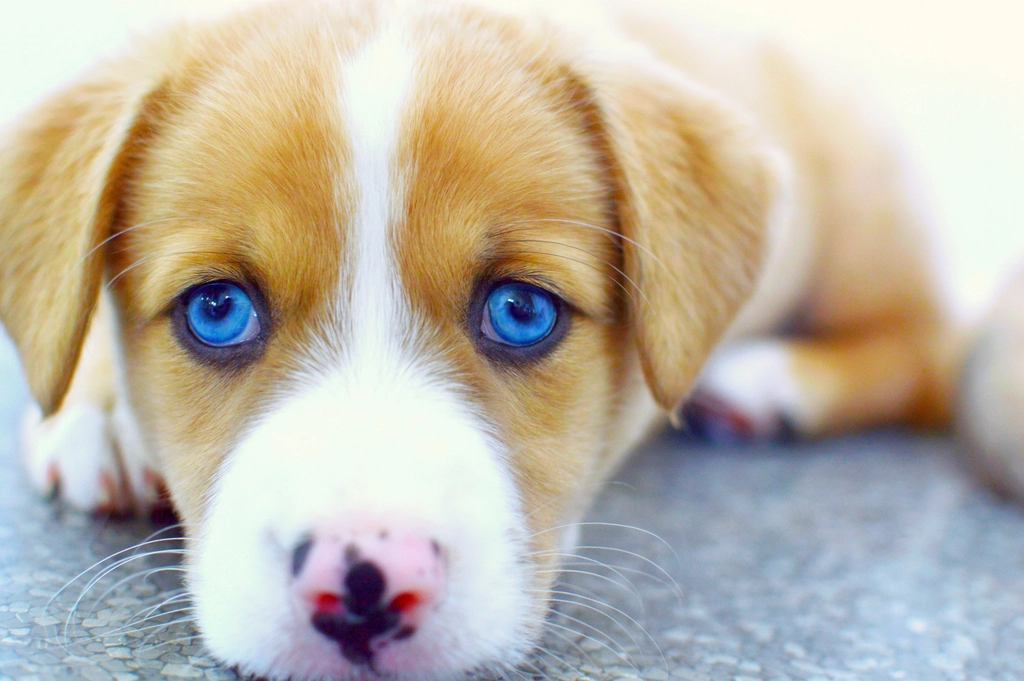
Those irresistible puppy eyes aren’t just a ploy for treats (well, maybe sometimes). When your puppy gazes softly at you and blinks slowly, it’s a sign of trust and calm. Prolonged, hard staring, on the other hand, can signal discomfort or even a challenge, especially if combined with stiff body language.
If you notice your puppy looking away or turning their head, it’s often their way of diffusing tension or saying, “I need a little space.” It’s like when we avoid eye contact to keep things chill in awkward situations. Respecting these subtle cues helps puppies feel safe and understood.
The Sound of Communication: Barks, Whines, and Growls
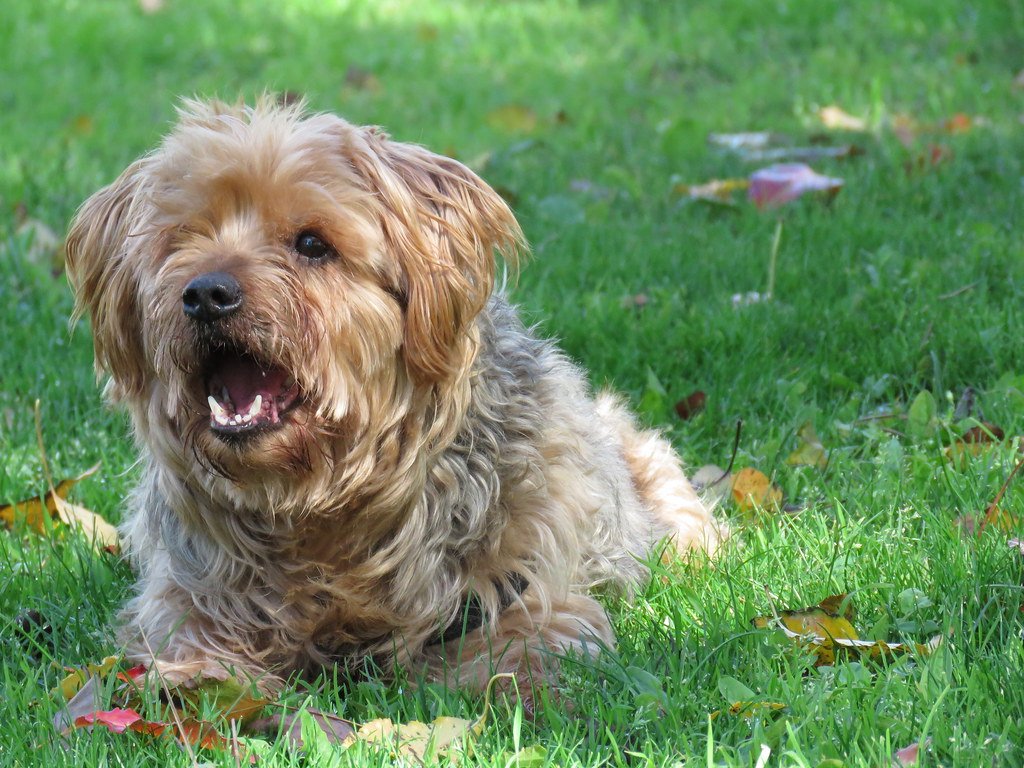
Every bark tells a story. A high-pitched, repetitive bark often signals excitement or a call for attention, while a low, guttural bark might mean your puppy feels threatened or wants to warn you about something. It’s a bit like us raising our voices when surprised or lowering them when we’re upset.
Whining often means your puppy needs something, whether it’s a bathroom break, food, or just a cuddle. Growling isn’t always aggression; sometimes it’s a playful sound during a game of tug, but if it’s paired with stiff posture or bared teeth, it’s time to pause and assess the situation.
Play Bows and Wiggles: Invitations to Fun
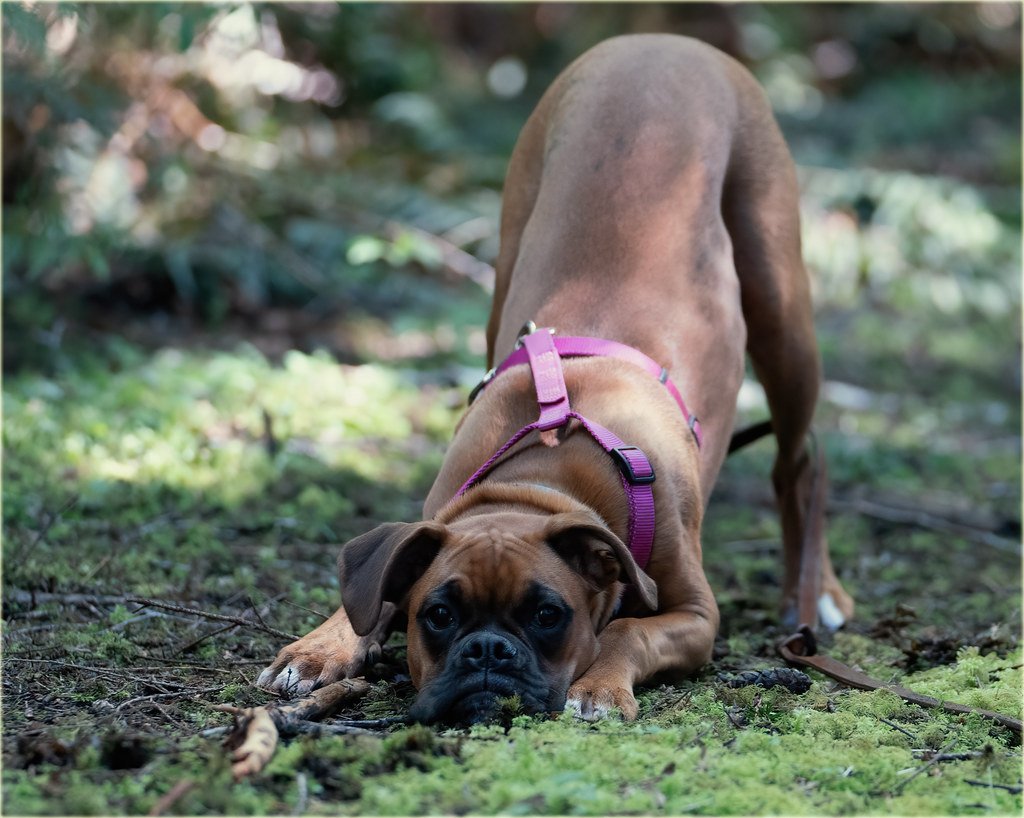
When your puppy stretches their front legs forward, rear end in the air, they’re giving a classic “play bow.” This is their universal signal for “let’s have some fun!” It’s often followed by bouncy movements, wiggly butts, and silly leaps, showing pure, unfiltered joy.
Play bows are also a way for puppies to show they’re just playing, even if the game gets a bit rowdy. If your pup suddenly freezes in this pose, it’s a good reminder that your dog needs reassurance that all is still friendly and safe.
Puppy Body Language: Reading the Whole Picture
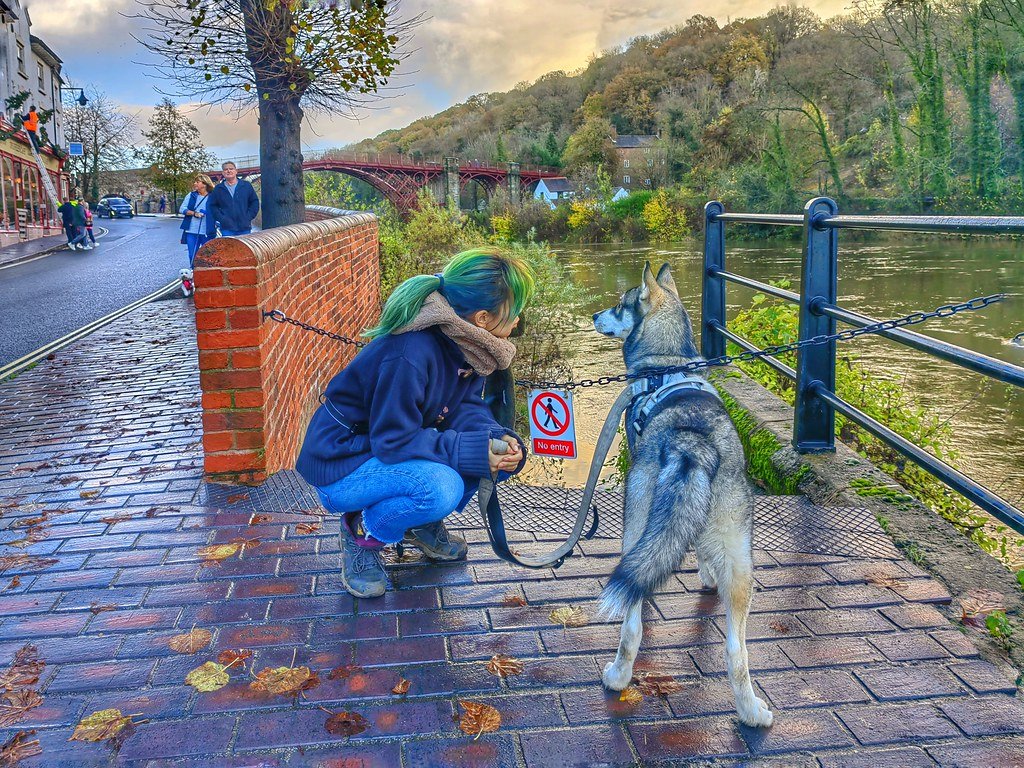
It’s tempting to focus on one cue, like a wagging tail or perked ears, but real understanding comes from looking at your puppy’s whole body. Relaxed muscles, a soft mouth, and loose posture usually mean your dog is comfortable and happy. Stiff legs, raised hackles (those hairs along the back), and a closed mouth can be early signs of stress or fear.
Imagine your puppy as a puzzle—every piece, from tail to ear tips, gives you clues. When you notice mixed signals, like a wagging tail but tense body, your puppy might be feeling conflicted or overwhelmed.
Health Clues Hidden in Puppy Behavior
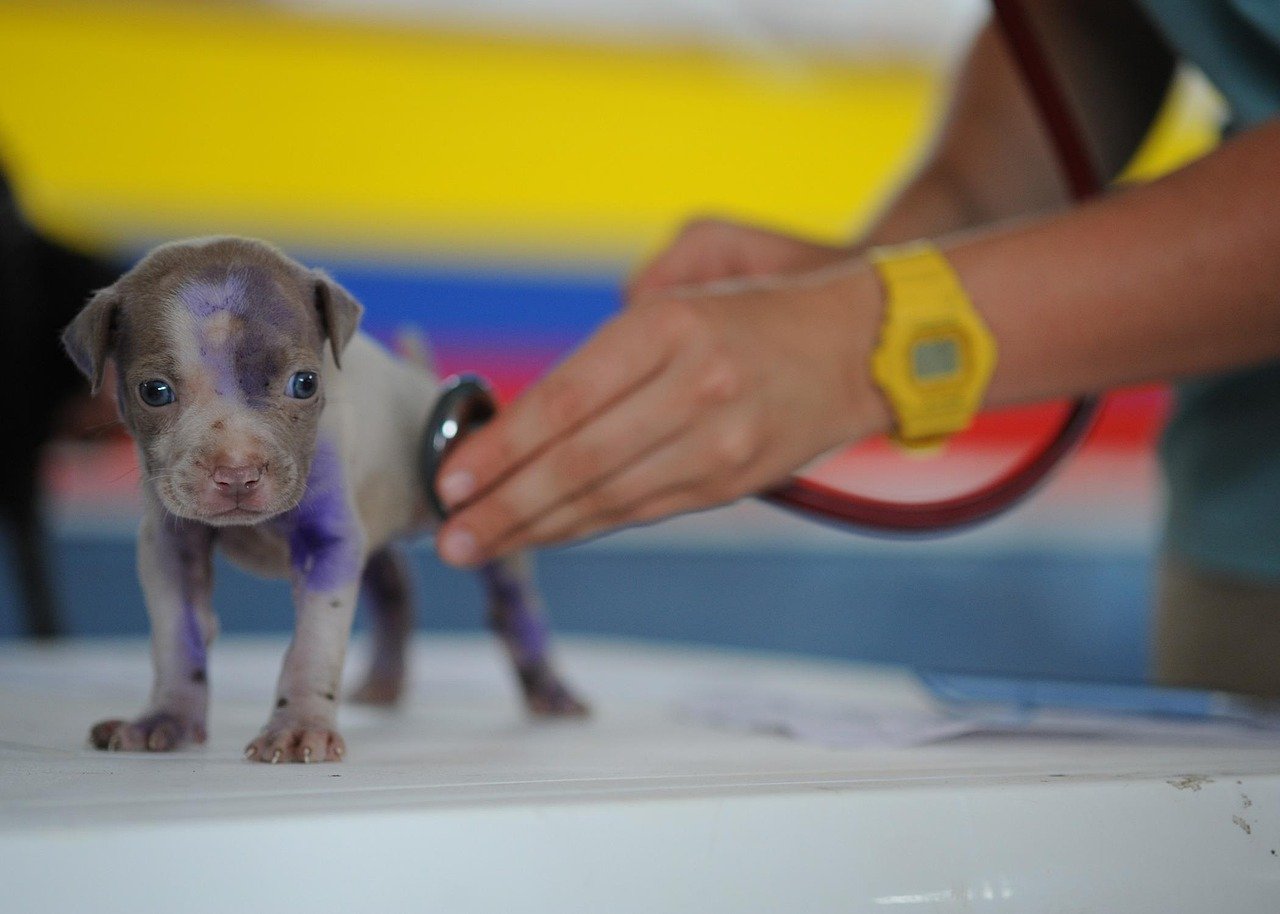
Sudden changes in your puppy’s behavior can sometimes signal health issues. If your usually playful pup becomes withdrawn, stops eating, or starts hiding, it’s time to check in with your vet. Excessive licking, scratching, or head shaking can point to allergies, skin irritation, or even ear infections.
Puppies also show pain differently than adult dogs. Limping, restlessness, or even snapping when touched in certain spots may be their way of saying something hurts. Trust your instincts—if something feels off, don’t wait to get help.
Anxiety and Stress: Recognizing the Warning Signs

Puppies can get anxious, just like people. Common signs include pacing, panting, yawning (when not tired), and even destructive chewing. Some pups “shadow” their humans, sticking to you like glue when they’re worried. Others might hide or tremble during thunderstorms or when left alone.
Creating a predictable routine and safe spaces, like a cozy crate or quiet corner, helps ease nerves. If your puppy’s anxiety becomes overwhelming, gentle training and, in some cases, guidance from a professional can make a world of difference.
Building a Language of Trust: Everyday Communication

The more you listen to your puppy, the more they’ll “talk” to you. Try mirroring calm body language, using soft voices, and rewarding relaxed behaviors. Over time, you’ll recognize the little quirks and signals that make your pup unique, from the way they nudge your hand for pets to the happy dances at the door.
Communication is a two-way street. When you respond with empathy and patience, you teach your puppy that their feelings are valid and their needs matter. It’s the secret ingredient to a lifelong, unbreakable bond.






